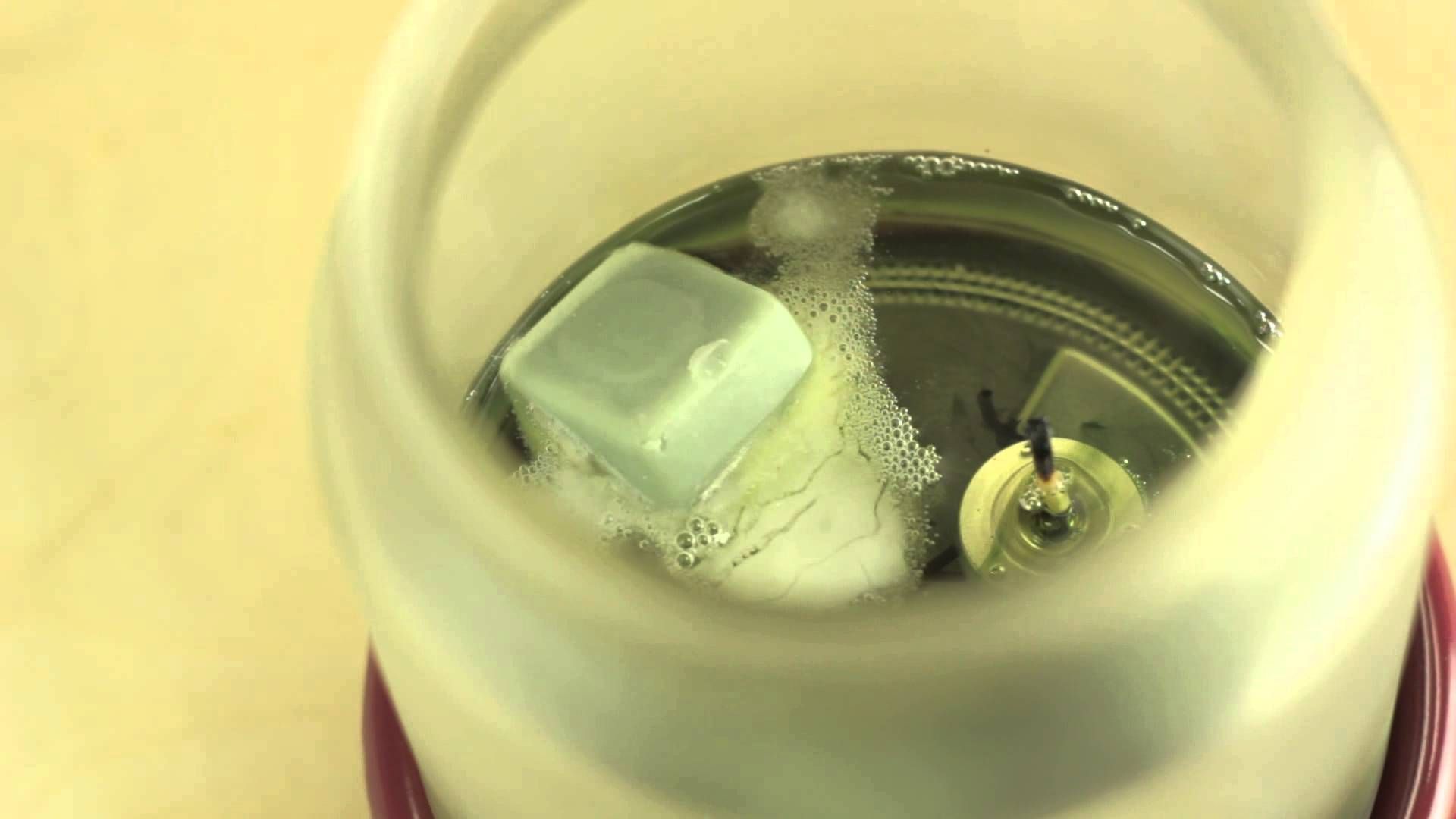

Articles
How Do Candles Evaporate
Modified: February 24, 2024
Learn about the fascinating process of how candles evaporate and the science behind it in our informative articles.
(Many of the links in this article redirect to a specific reviewed product. Your purchase of these products through affiliate links helps to generate commission for Storables.com, at no extra cost. Learn more)
Introduction
Welcome to the enchanting world of candles! From their timeless beauty to their soothing glow, candles have been a source of comfort, relaxation, and ambience for centuries. But have you ever wondered how candles gradually seem to disappear over time, leaving only a wisp of fragrant smoke behind? This remarkable process is known as evaporation.
In this article, we’ll delve into the science behind candle evaporation and explore the various factors that influence how quickly candles evaporate. From temperature and candle composition to air circulation and burning time, each element plays a role in determining the lifespan of a candle.
But before we plunge into the intricate details, let’s take a moment to understand the concept of evaporation itself.
Key Takeaways:
- Embrace the enchanting world of candles and understand the science behind their gradual evaporation, from temperature’s influence to the impact of candle composition and air circulation.
- Maximize the lifespan of your candles with tips such as proper burning intervals, wick trimming, and choosing quality candles, while prioritizing safety and savoring every aromatic moment.
Read more: How To Do Floating Candles
What is Evaporation?
Evaporation is the process in which a liquid substance, such as water or wax, transforms into a gas or vapor state due to the absorption of heat energy. It occurs when the molecules of the liquid gain enough energy to break free from the surface and escape into the surrounding atmosphere.
When it comes to candles, the wax used as fuel is typically a combination of various hydrocarbons, such as paraffin wax or beeswax. These hydrocarbons have high boiling points, meaning they require a significant amount of heat to reach their vaporization point.
During the burning process, the heat from the candle’s flame melts the solid wax, converting it into a liquid form. As the liquid wax is heated further, the increased energy causes the molecules to move faster and eventually break away from the surface of the candle. These molecules then rise into the air as vapor, creating the beautiful dance of evaporation.
It’s important to note that evaporation is different from boiling. While both processes involve the conversion of a liquid into a gas, boiling occurs when the liquid reaches its boiling point throughout its entire mass, resulting in rapid and visible bubbling. Evaporation, on the other hand, takes place at the surface of the liquid and occurs at all temperatures, below boiling point.
Now that we have a basic understanding of what evaporation is, let’s explore the fascinating science behind candle evaporation.
The Science Behind Candle Evaporation
Candle evaporation is a complex process that involves multiple scientific factors. Understanding these factors can help us grasp why and how candles gradually evaporate over time.
One of the key factors in candle evaporation is temperature. When a candle is lit, the heat from the flame melts the wax, converting it from a solid to a liquid state. As the liquid wax is heated further, the molecules gain energy and become more volatile, eventually turning into vapor and evaporating into the surrounding air.
The burning flame provides the necessary heat for evaporation to occur. It transfers thermal energy to the liquid wax, causing the molecules to move faster and escape from the surface. This process is facilitated by the open flame’s high temperature and the continued supply of oxygen, which helps sustain the combustion of the candle.
Another important factor in candle evaporation is the composition of the wax. Different types of wax have different molecular structures, which can affect their evaporation rates. For example, paraffin wax, a commonly used candle wax, tends to have a lower evaporation rate compared to natural waxes like beeswax or soy wax. This is because paraffin wax is derived from petroleum, making its molecules larger and more resistant to evaporation.
Furthermore, the size and shape of the candle can also influence the rate of evaporation. Candles with larger surface areas allow for more wax to be exposed to the heat and airflow, leading to faster evaporation. Similarly, candles with a shorter burning time tend to evaporate more slowly, as less wax is being heated and converted into vapor.
The presence of air circulation also plays a role in candle evaporation. When there is a steady flow of air around the candle, it helps carry away the vapor and replaces it with fresh air. This constant exchange allows for a more efficient evaporation process.
In the next sections, we’ll explore how these different factors – temperature, candle composition, air circulation, and candle size and shape – impact candle evaporation in more detail.
Factors Affecting Candle Evaporation
Several factors influence the rate at which candles evaporate. Understanding these factors can help us optimize candle usage and prolong their lifespan.
1. Temperature: The temperature of the surrounding environment plays a significant role in candle evaporation. Higher temperatures accelerate the evaporation process, as they provide more energy to the wax molecules, causing them to vaporize more quickly. Conversely, lower temperatures slow down evaporation, as the molecules have less energy to escape the liquid wax.
2. Candle Composition: The type of wax used in a candle can affect its evaporation rate. Natural waxes like beeswax and soy wax generally have a lower evaporation rate compared to paraffin wax. This is because natural waxes typically have a higher molecular weight and a more complex structure, making them less volatile and less prone to rapid evaporation.
3. Air Circulation: The flow of air around a burning candle can impact evaporation. Adequate air circulation helps carry away the vapor molecules and replaces them with fresh air, accelerating the evaporation process. Placing a candle in a drafty area or using a fan can enhance air circulation and increase evaporation.
4. Candle Size and Shape: The size and shape of a candle can influence its evaporation rate. Candles with a larger surface area have a higher rate of evaporation because more wax is exposed to heat and airflow. Conversely, candles with a smaller surface area evaporate more slowly. Similarly, tapered candles tend to evaporate faster than pillar candles due to their elongated shape.
5. Burning Time: The duration for which a candle is burned also affects its evaporation rate. Longer burning times allow the heat from the flame to transfer more energy to the wax, resulting in faster evaporation. In contrast, shorter burning times reduce the overall evaporation rate as there is less time for the wax to melt and vaporize.
6. Humidity: The level of humidity in the surrounding environment can impact candle evaporation. High humidity can slow down evaporation, as the moisture in the air competes with the wax molecules for available space. On the other hand, low humidity can enhance evaporation, as it reduces the moisture content in the air, allowing the wax molecules to escape more easily.
By considering these factors and implementing certain strategies, we can maximize the lifespan of our candles and enjoy their warm glow for longer periods.
Temperature and Evaporation
Temperature plays a crucial role in the evaporation of candles. It directly affects the rate at which the wax molecules gain energy and transition from a liquid state to a vapor state.
When a candle is lit, the heat from the flame transfers to the surrounding environment, including the wax. As the wax absorbs the heat, its temperature increases, causing the molecules to move faster and become more volatile. This increased movement allows the molecules to break free from the liquid surface and escape into the air as vapor.
The relationship between temperature and evaporation can be explained by the kinetic theory of gases. According to this theory, increasing the temperature of a substance increases the average kinetic energy of its molecules. In the case of candles, higher temperatures provide the necessary energy for the wax molecules to overcome the intermolecular forces holding them together, allowing them to evaporate more readily.
As the temperature rises, the rate of evaporation typically increases. This is because the higher temperature supplies more energy to the wax molecules, causing them to move faster and increasing the likelihood of successful evaporation. Conversely, lower temperatures slow down the evaporation process as the molecules have less energy to escape the liquid wax.
In addition to the surrounding temperature, the flame temperature also plays a role in candle evaporation. The hotter the flame, the more heat it transfers to the wax, accelerating the evaporation process. However, it’s important to note that a very hot flame can also lead to excessive evaporation, resulting in a shorter lifespan for the candle.
Temperature can also influence the rate of diffusion, which is the process by which the vapor molecules mix with the surrounding air. Higher temperatures increase the kinetic energy of the vapor molecules, enhancing their diffusion and allowing them to spread out more quickly. This can lead to more efficient evaporation and dispersal of the vapor into the surrounding environment.
It’s worth mentioning that extreme temperatures can have adverse effects on candles. Excessive heat can cause the wax to melt too quickly, resulting in tunneling and uneven burning. On the other hand, extremely cold temperatures can make the wax solidify and hinder the evaporation process altogether.
In summary, temperature is a critical factor in candle evaporation. Higher temperatures facilitate faster evaporation by providing more energy to the wax molecules, while lower temperatures slow down the process. Striking the right balance and controlling the surrounding temperature can help optimize the lifespan and performance of candles.
Read more: How Do Candles Work?
How Does Candle Composition Impact Evaporation?
The composition of a candle, specifically the type of wax used, can have a significant impact on its evaporation rate. Different types of wax have distinct chemical compositions, which in turn affect their volatility and evaporation characteristics.
One of the most commonly used waxes in candles is paraffin wax. Paraffin wax is derived from petroleum and is known for its low cost and versatility. It has a relatively high molecular weight and a complex hydrocarbon structure. These characteristics make paraffin wax less volatile and more resistant to rapid evaporation compared to other types of wax.
On the other hand, natural waxes like beeswax and soy wax have different chemical compositions that can lead to different evaporation rates. Beeswax, for example, is secreted by honeybees and contains various long-chain fatty acids, esters, and hydrocarbons. Its chemical makeup gives beeswax a higher melting point and a lower evaporation rate compared to paraffin wax.
Soy wax, made from soybean oil, is another popular choice in candles. It has a lower melting point and a softer texture compared to paraffin wax. Soy wax has a different molecular structure that can make it more volatile and prone to faster evaporation.
Essential oils and fragrance additives can also impact the evaporation rate of candles. These additives can alter the viscosity and composition of the wax, affecting how it evaporates. Some fragrances may contain volatile compounds that evaporate more quickly, whereas others may have a more stable molecular structure, leading to slower evaporation.
It’s important to note that while the composition of the wax can influence evaporation, the wick and the size of the flame also play significant roles. The wick acts as a channel for fuel delivery and controls the combustion rate, affecting the heat transfer and evaporation process. A properly sized wick ensures a steady and consistent burn, optimizing the evaporation of the wax.
Ultimately, the choice of wax, fragrance additives, and wick size can all impact the evaporation rate of a candle. Understanding these factors allows candle enthusiasts to select candles that align with their desired evaporation speed and optimize the longevity and performance of their favorite scents.
Candles evaporate due to the heat from the flame causing the wax to turn into vapor. To prevent excessive evaporation, store candles in a cool, dark place when not in use.
The Role of Air Circulation in Candle Evaporation
Air circulation plays a crucial role in the process of candle evaporation. It affects the movement of air around the candle, which in turn influences how quickly the wax evaporates.
When a candle is burning, the heat from the flame causes the liquid wax to melt and transform into vapor. This vapor needs to be carried away from the candle’s immediate vicinity to make room for fresh air. Adequate air circulation facilitates this process by creating a constant flow of air around the candle.
Efficient air circulation helps remove the vapor molecules from the vicinity of the flame, preventing them from lingering and hindering the evaporation process. As the vapor molecules are carried away, fresh air replaces them, ensuring a steady supply of oxygen for the combustion of the candle and providing an optimal environment for continued evaporation.
There are several ways to encourage air circulation around a burning candle:
- Placement: Positioning the candle in a well-ventilated area with a natural airflow can enhance air circulation. Avoid placing the candle in closed or confined spaces where air movement is restricted.
- Fans: Using a fan can help create a continuous flow of air around the candle, assisting in the evaporation process. You can place the fan at a low setting to avoid blowing out the flame while still promoting air circulation.
- Open Windows or Doors: Opening windows or doors in the room can introduce fresh air and facilitate air exchange, aiding in the removal of vapor and optimizing evaporation.
- Drafty Areas: If possible, position the candle in a drafty area where there is a natural movement of air. This can expedite the removal of vapor and enhance the efficiency of evaporation.
- Candle Holders: Using candle holders with designs that promote airflow, such as holders with holes or mesh, can help improve air circulation around the candle.
By ensuring proper air circulation, you can enhance the evaporation process and optimize the performance of your candles. Adequate air movement aids in the timely removal of vapor molecules, ensuring a more efficient burn and a prolonged lifespan for your candles.
The Influence of Candle Size and Shape on Evaporation Rate
The size and shape of a candle can have a significant impact on its evaporation rate. The surface area exposed to heat and airflow, as well as the volume of wax, play key roles in determining how quickly a candle evaporates.
Surface Area: Candles with a larger surface area have more wax exposed to the heat of the flame and the surrounding air. This increased surface area allows for more efficient evaporation. As the flame melts the wax, the larger surface area provides more opportunities for the liquid wax to transform into vapor and escape into the air. Consequently, candles with a larger surface area tend to evaporate more quickly than those with a smaller surface area.
Shape: The shape of a candle also affects its evaporation rate. Tapered candles, which are narrow at the top and wider at the base, have a larger surface area towards the flame. This increased surface area facilitates faster evaporation. Additionally, their tapered shape allows for better air circulation around the candle, promoting the movement of vapor away from the flame, thereby increasing the rate of evaporation.
In contrast, pillar candles, which have a uniform width throughout, have a smaller surface area compared to tapered candles. As a result, the rate of evaporation is generally slower. However, pillar candles can have a longer burn time due to their larger volume of wax, even with a slower evaporation rate.
It’s worth noting that the wick size also plays a role in the evaporation rate of a candle. A larger wick can provide more heat to the wax, accelerating the melting process and increasing the overall evaporation rate. On the other hand, a smaller wick may produce a smaller flame and result in slower evaporation.
When selecting candles, consider the desired evaporation rate based on the size and shape that suits your needs. If you want a candle that evaporates slowly for longer-lasting enjoyment, a pillar candle might be a suitable choice. However, if you prefer a candle that evaporates more quickly to release its fragrance more rapidly, a larger surface area, such as that provided by a tapered candle, would be ideal.
Overall, the size and shape of a candle are important factors to consider when determining the evaporation rate. By understanding how these factors impact the surface area and the volume of wax exposed to heat and airflow, you can choose candles that align with your preferences and optimize your overall candle experience.
The Impact of Burning Time on Candle Evaporation
The burning time of a candle, or how long it is allowed to burn, can significantly influence its evaporation rate. The duration for which a candle is burned affects the amount of wax that is exposed to the heat of the flame, ultimately impacting the evaporation process.
When a candle is lit, the heat from the flame melts the solid wax, transforming it into a liquid state. As the liquid wax is heated further, it begins to evaporate, converting into vapor and releasing fragrance into the air. The rate at which this evaporation occurs depends on various factors, including the burning time of the candle.
Longer Burning Time: When a candle is burned for an extended period, more wax is subjected to the heat of the flame. This prolonged exposure allows the wax to reach a higher temperature, accelerating the rate of evaporation. As the heat transfers to the wax, the molecules gain energy, move more quickly, and escape from the liquid surface as vapor. Therefore, longer burning times generally lead to a faster overall evaporation rate.
Shorter Burning Time: On the other hand, when a candle is burned for a shorter duration, less wax is liquefied and exposed to the heat. With limited time for the wax to reach higher temperatures, the evaporation rate slows down. The smaller amount of wax available for evaporation results in a reduced release of fragrance and a slower overall evaporation process.
It’s important to note that while longer burning times can accelerate evaporation, it’s essential to exercise caution and practice proper candle safety. Extended burning times can generate more heat, leading to potential issues such as overheating, excessive melting, or the risk of fire hazards. Always follow recommended burning times and safety guidelines provided by the candle manufacturer to ensure a safe and enjoyable experience.
In some cases, candles are designed with a specific burn time in mind. For example, certain candles are marketed as “medium burn” or “quick burn” candles, indicating their intended use for shorter or longer periods. Manufacturers may adjust the composition and wick size of these candles to align with the desired evaporation rate for the specified burn time.
By understanding the impact of burning time on candle evaporation, you can select candles that best suit your preferences. If you enjoy a candle that evaporates more quickly for an immediate fragrance release, opt for longer burning times. Alternatively, if you prefer a candle that lasts longer and gradually releases its aroma, shorter burning times may be preferable.
Remember to follow proper candle care and safety guidelines, including trimming the wick and monitoring the candle while it is lit. This will ensure a pleasant and safe candle-lighting experience while optimizing the evaporation and enjoyment of your favorite candles.
Read more: What Do Citronella Candles Do
Safety Considerations when Using Candles
Candles create a warm and inviting ambiance, but it’s important to prioritize safety when using them. Here are some key considerations to keep in mind:
- Never Leave Unattended: Always extinguish candles before leaving the room or going to bed. Never leave a burning candle unattended, as it poses a fire hazard.
- Placement: Ensure candles are placed on a stable, heat-resistant surface away from flammable materials, such as curtains, furniture, or decorations. Keep them out of reach of children and pets.
- Keep Clear Area: Leave at least one foot of space between candles, and keep them away from drafts and high-traffic areas where they can be easily knocked over.
- Trim the Wick: Before lighting a candle, trim the wick to about ¼ inch to prevent excessive flickering and soot buildup. Long or improperly trimmed wicks can cause the flame to become too large and increase the risk of fire.
- Avoid Overburning: Follow the recommended burn time provided by the manufacturer. Overburning can cause the wax to melt unevenly, potentially leading to tunneling and compromising the stability of the candle.
- Extinguish Properly: Use a snuffer or gently blow on the flame to extinguish a candle. Avoid using water, as it can cause hot wax to splatter and potentially cause injury.
- Candle Containers: If using a container candle, ensure the container is heat-resistant and won’t crack or break when the candle is burning. Do not continue using a container candle when less than ½ inch of wax remains.
- Smoke and Soot: If the candle produces excessive smoke or soot, extinguish it and trim the wick. Excess smoke or soot can indicate an issue with the wick length or the quality of the candle and may need attention to prevent further problems.
- Emergency Preparedness: Keep a fire extinguisher, a working smoke detector, and a carbon monoxide detector nearby. Be familiar with the proper use of fire safety equipment and have an escape plan in case of an emergency.
- Alternatives: Consider using flameless candles, such as LED candles, in situations where an open flame may not be suitable, such as around children or in areas with high fire risks.
By following these safety considerations, you can enjoy the beauty and tranquility of candles while minimizing potential risks. Remember, safety should always be the top priority when using candles.
Tips to Maximize Candle Lifespan
Want to make the most out of your candles and extend their lifespan? Follow these tips to ensure a longer burning time and optimal performance:
- First Burn: When lighting a new candle for the first time, allow it to burn long enough for the wax to melt across the entire surface. This helps prevent tunneling and ensures an even burn throughout the life of the candle.
- Trim the Wick: Before every use, trim the wick to about ¼ inch to prevent excessive soot and to promote a steady and clean burn. Long or misshapen wicks can cause unnecessary smoke and uneven melting.
- Avoid Drafts: Place your candles in a draft-free area to prevent uneven burning and to maximize the lifespan. Drafts can cause the flame to flicker, leading to uneven heat distribution and potentially shortening the longevity of the candle.
- Burn in Intervals: Avoid burning candles for extended periods, especially those with long burning times. Instead, burn them in shorter intervals of 2-3 hours to prevent overheating and ensure a clean burn.
- Use Candle Snuffers: Extinguish candles using a candle snuffer rather than blowing them out. This helps prevent hot wax from splattering and keeps the wick in shape for future burns.
- Refrain from Moving: Once a candle has been lit and the wax has begun to melt, refrain from moving it until the wax has solidified. Moving a lit candle can disturb the balance of the melted wax and result in an uneven burn.
- Store Properly: When not in use, store candles in a cool and dry place away from direct sunlight. Heat and sunlight can cause candles to soften, warp, or fade in color. Proper storage maintains the integrity of the candle for future use.
- Consider Candle Warmers: If you enjoy the fragrance of a candle but want to extend its lifespan, consider using a candle warmer. These devices gently heat the wax, releasing the aroma without burning the candle. This allows you to enjoy the scent for longer without using up the candle.
- Rotate Candles: If you have multiple candles in rotation, it’s a good practice to switch between them. This helps prevent candles from sitting for too long without being used, ensuring that each one gets its fair share of burning time.
- Choose Quality Candles: Investing in high-quality candles made from natural waxes and with proper wicks can result in longer burning times and a more satisfying candle experience overall. Look for candles from reputable brands known for their quality craftsmanship.
By implementing these tips, you can maximize the lifespan of your candles, prolong their burning time, and make the most out of each candle you use. Remember, proper care and attention to detail can go a long way in enhancing your candle experience.
Conclusion
Candles are more than just a beautiful source of light and ambiance – they undergo a fascinating process of evaporation, gradually transforming from solid wax into fragrant vapor. Understanding the science behind candle evaporation and the factors that influence it can help us optimize our candle usage and prolong their lifespan.
We learned that temperature is a key factor in candle evaporation, with higher temperatures accelerating the process and lower temperatures slowing it down. The composition of the candle, such as the type of wax used, also plays a role, with natural waxes generally evaporating more slowly than paraffin wax. Proper air circulation aids in the efficient removal of vapor and promotes a consistent evaporation rate.
The size and shape of a candle impact its evaporation rate, with larger surface areas and tapered shapes facilitating faster evaporation. The burning time of a candle affects the amount of wax exposed to heat, longer burn times resulting in increased evaporation rates. Safety considerations must be observed when using candles, including never leaving them unattended and placing them away from flammable materials.
To maximize the lifespan of candles, we can follow tips such as ensuring the first burn is long enough to prevent tunneling, trimming wicks to ¼ inch, avoiding drafts, burning in intervals, using snuffers, and proper storage. Choosing high-quality candles made from natural waxes can also contribute to their longer lifespan.
By incorporating these insights into our candle experiences, we can enjoy the beauty, tranquility, and magnificent fragrances of candles for as long as possible. So, the next time you light a candle, remember the science behind its evaporation and the factors that influence its lifespan, and savor every moment of its gentle glow and aromatic embrace.
Frequently Asked Questions about How Do Candles Evaporate
Was this page helpful?
At Storables.com, we guarantee accurate and reliable information. Our content, validated by Expert Board Contributors, is crafted following stringent Editorial Policies. We're committed to providing you with well-researched, expert-backed insights for all your informational needs.


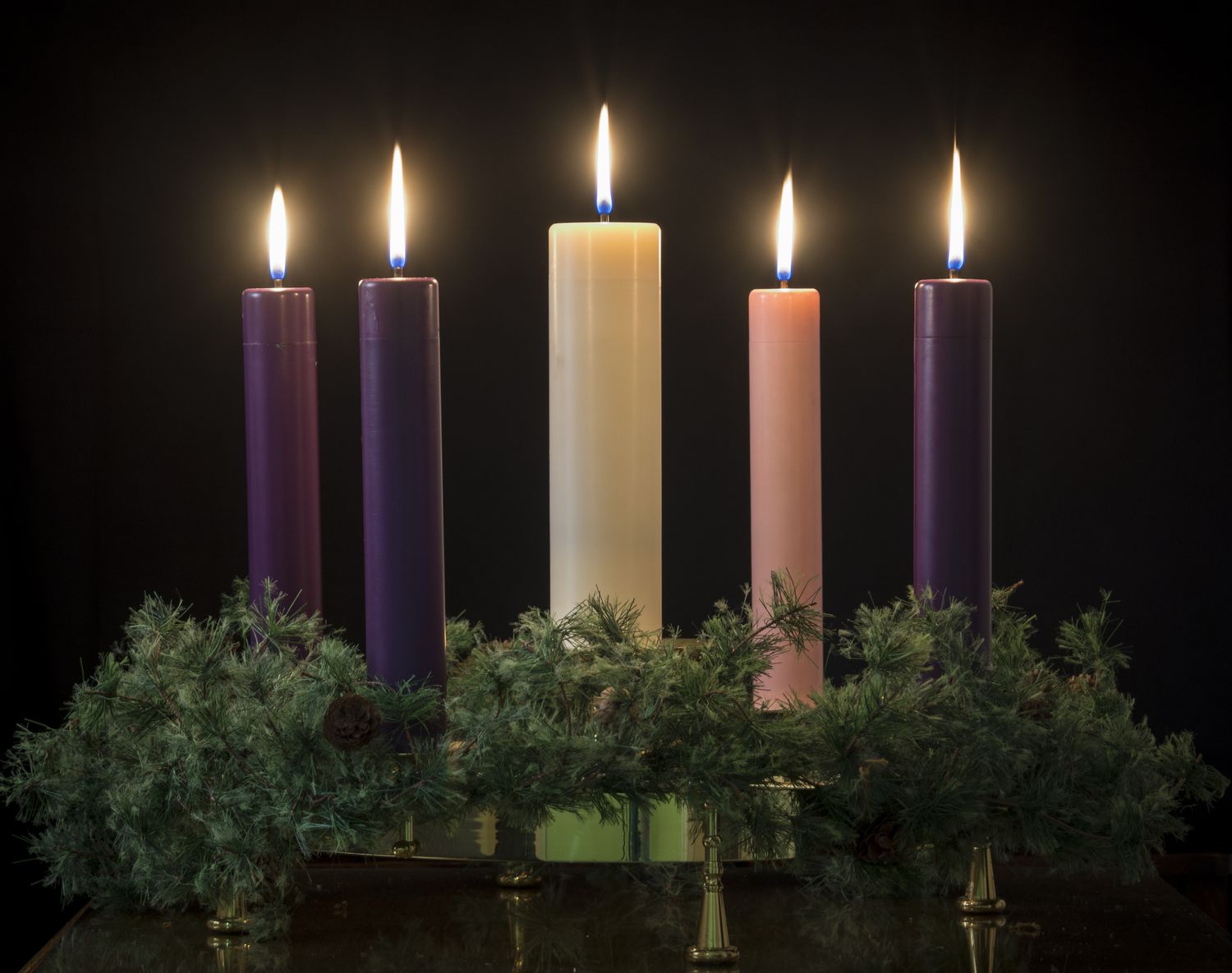
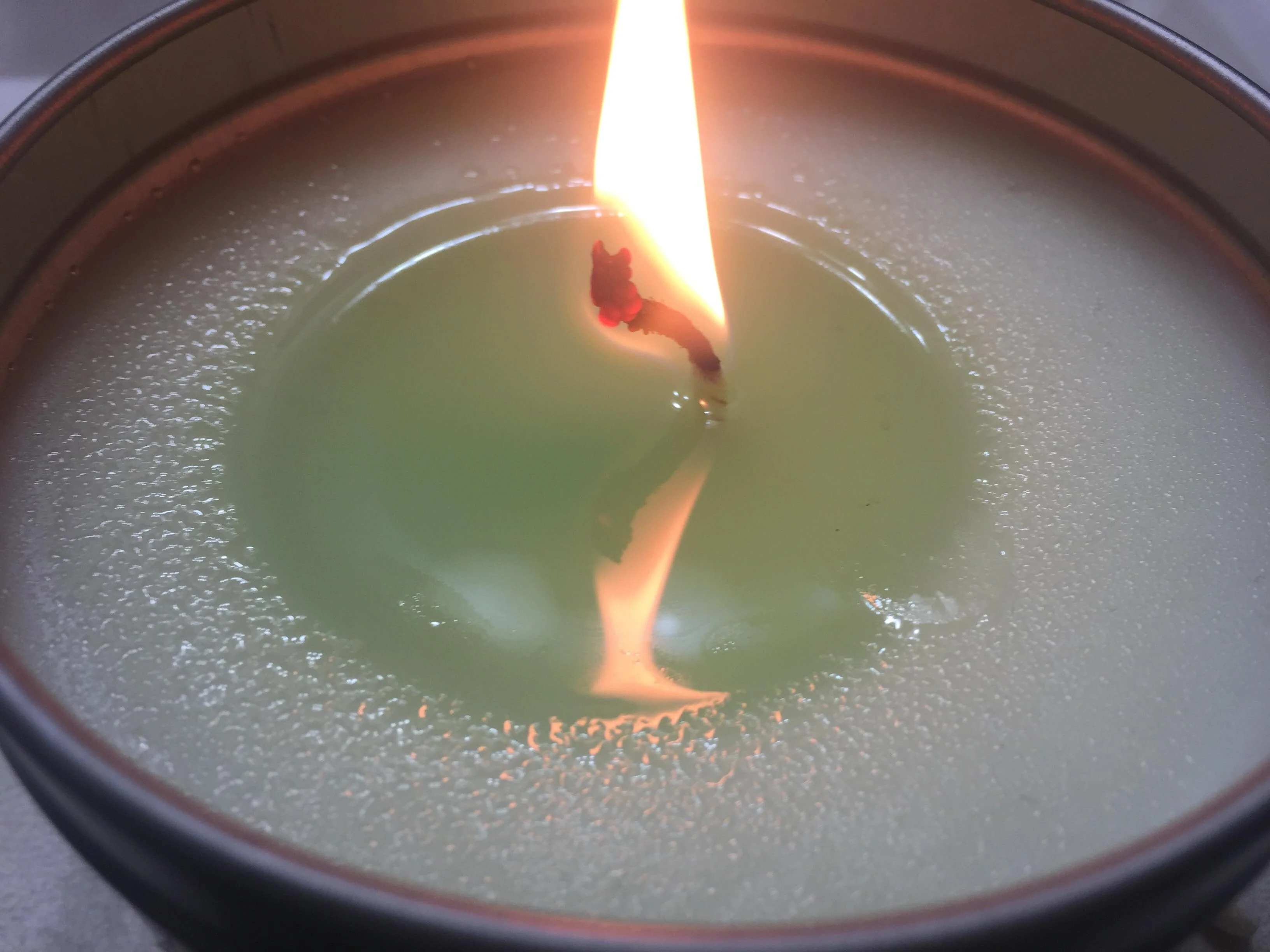

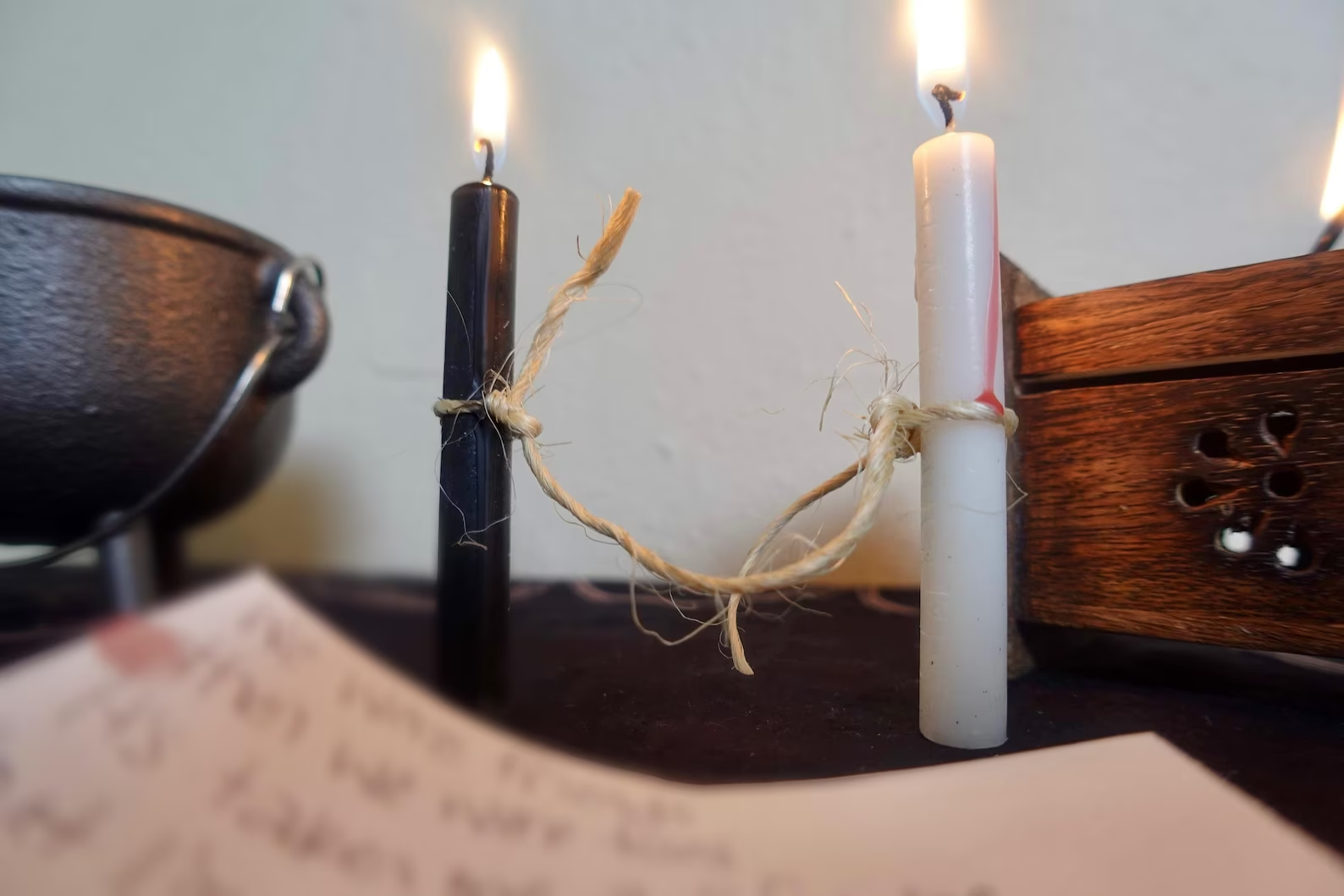
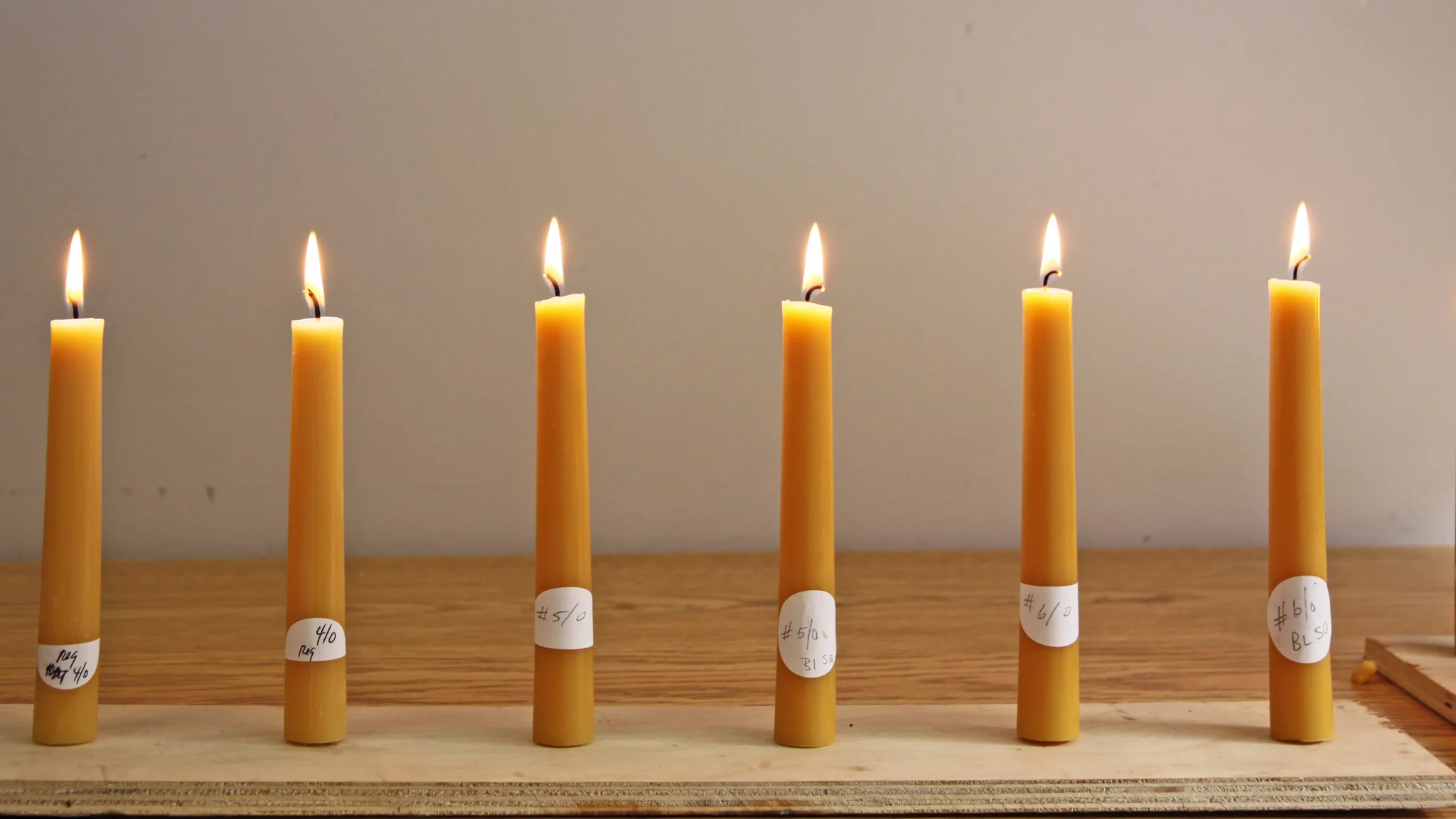
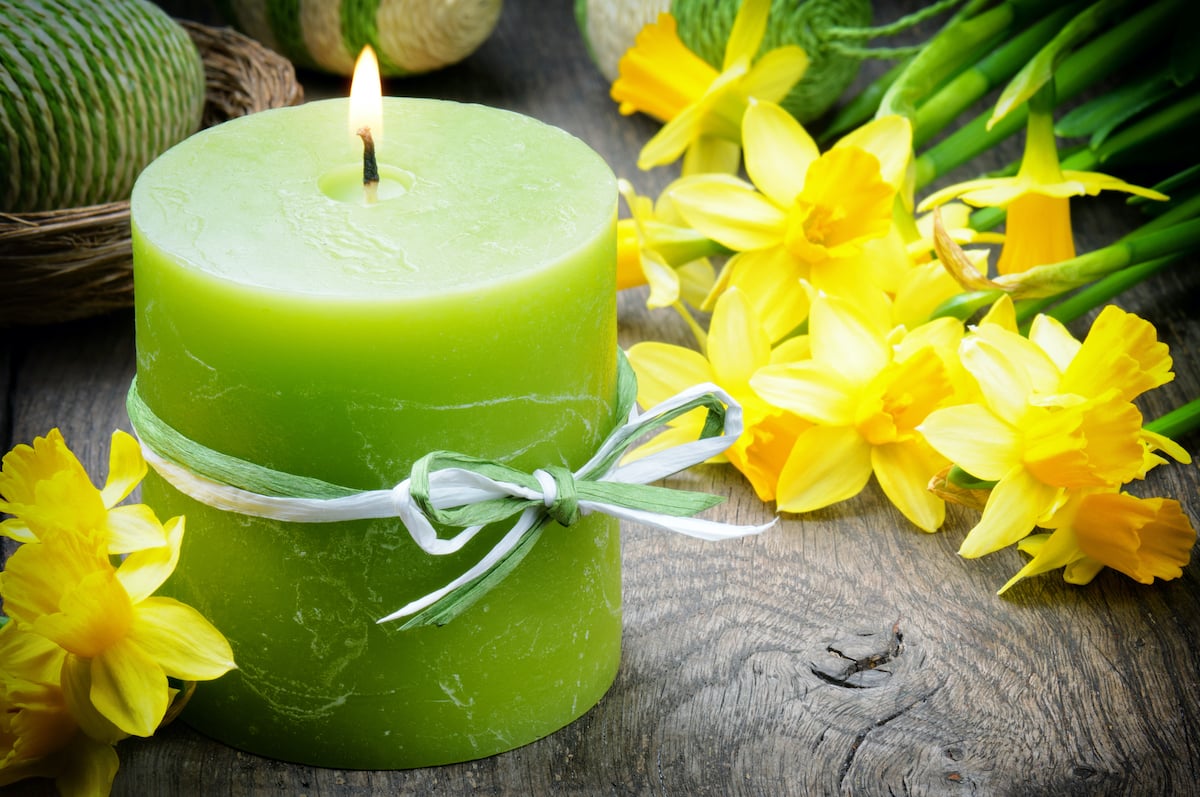
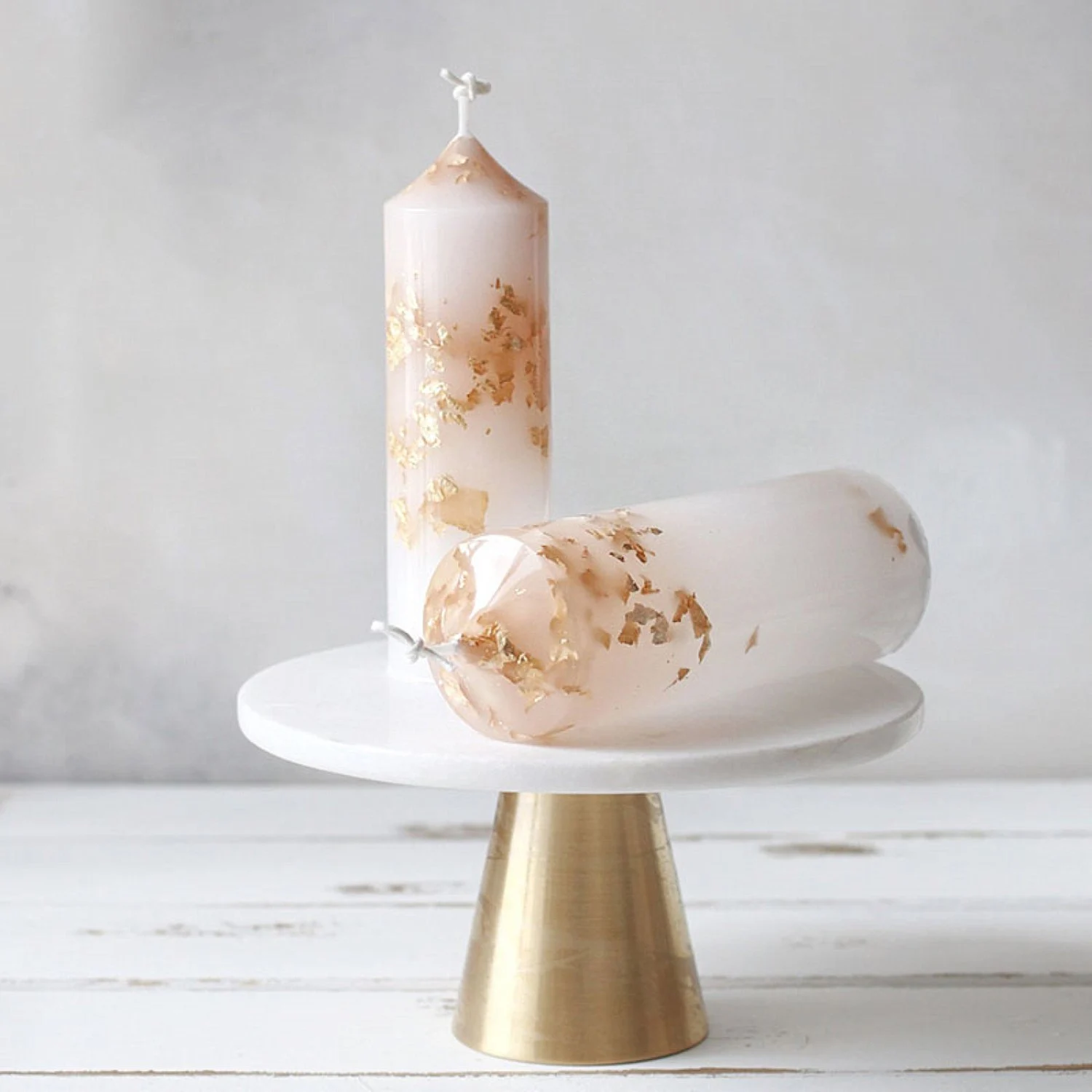
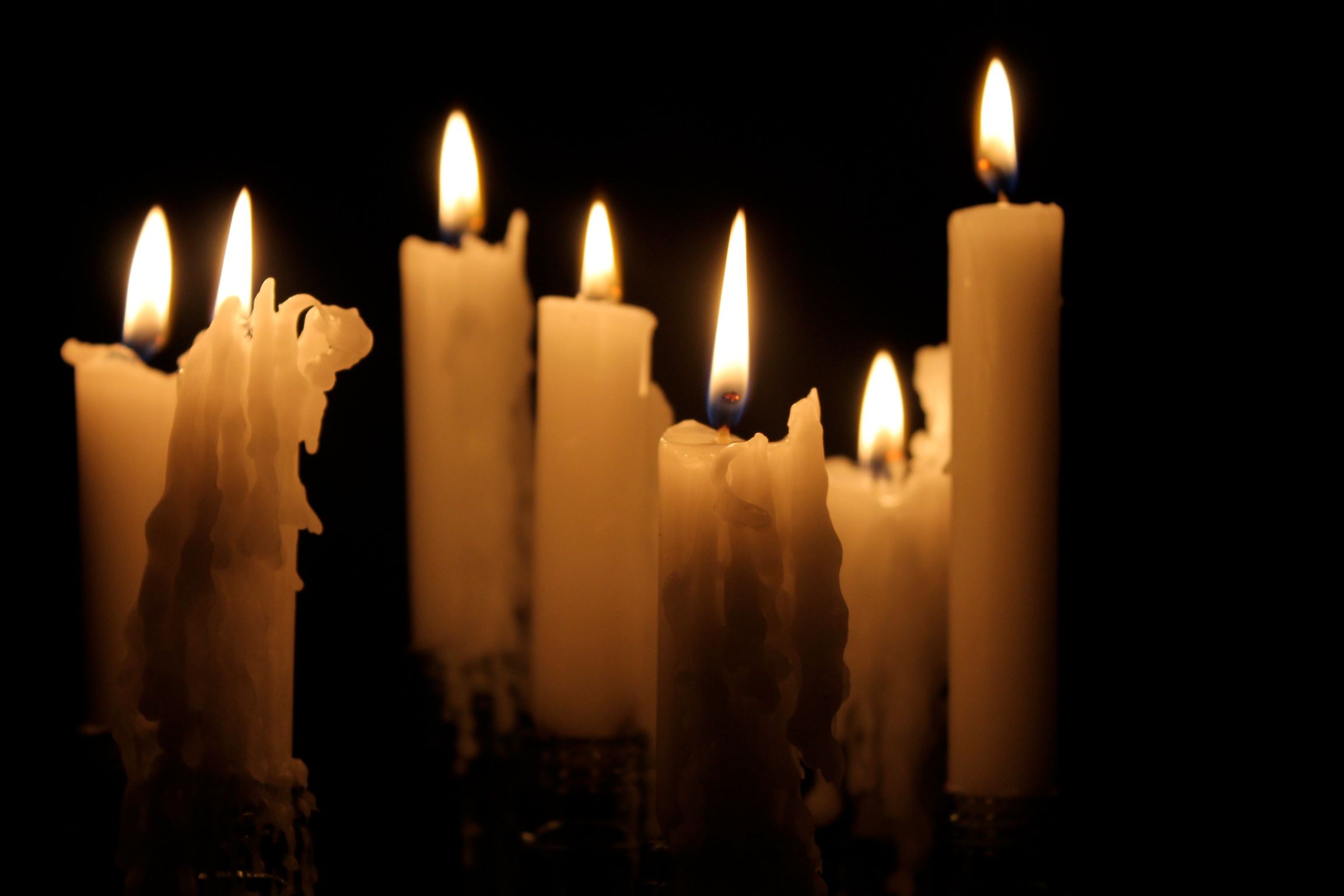
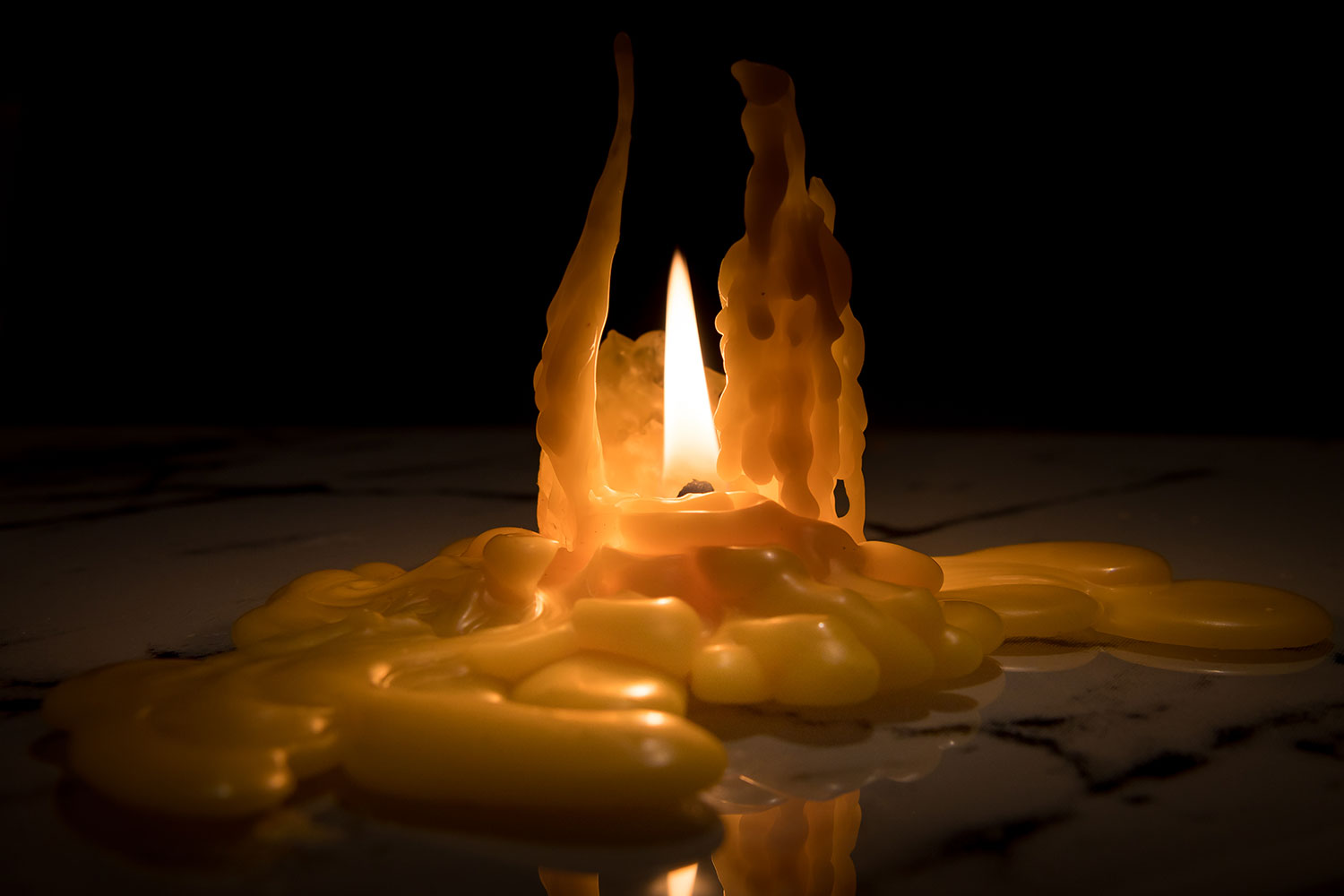
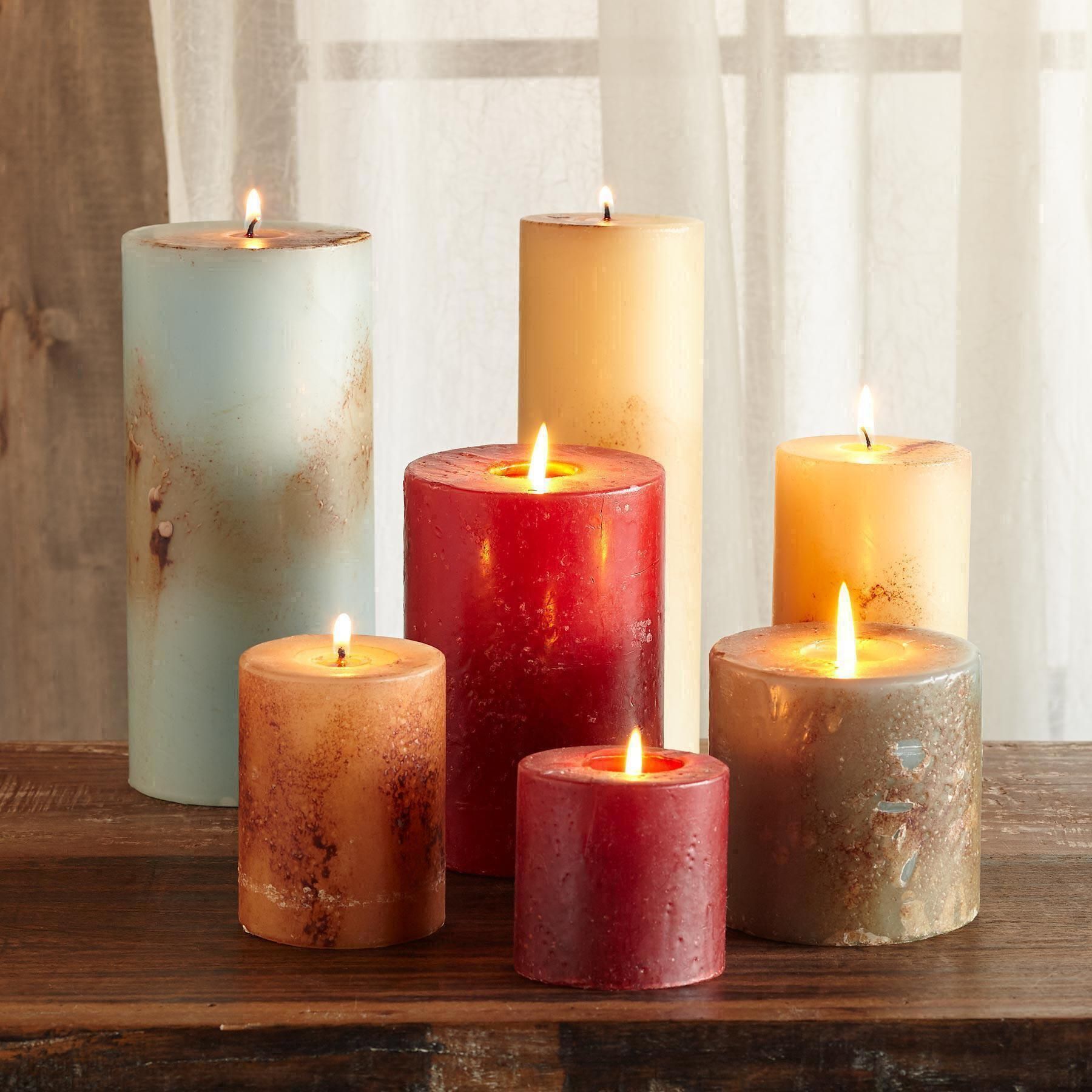


0 thoughts on “How Do Candles Evaporate”